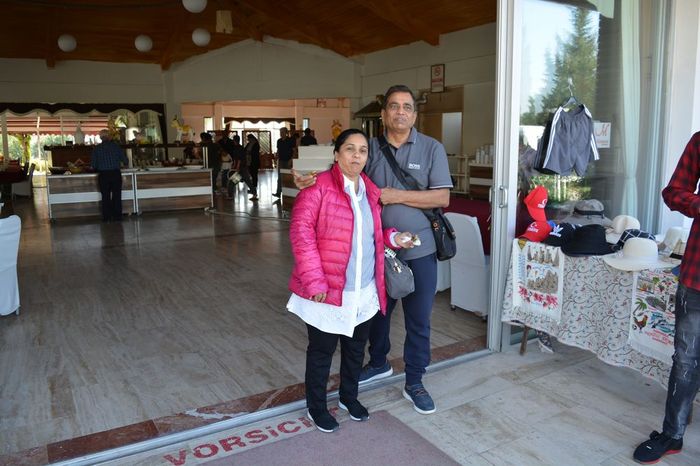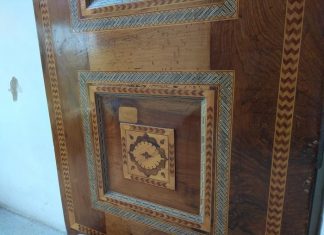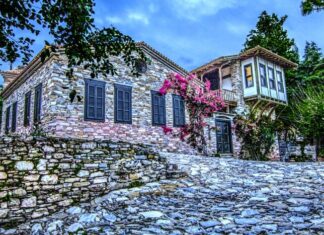From The Fount of Wisdom
But since some find fault with us for worshipping and honouring the image of our Saviour and that of our Lady, and those, too, of the rest of the saints and servants of Christ, let them remember that in the beginning God created man after His own image. On what grounds, then, do we shew reference to each other unless because we are made after God’s image? For as Basil (the Great, c. 330-379), that much-versed expounder of divine things, says, the honour given to the image passes over to the prototype.
Now a prototype is that which is imaged, from that which the derivative is obtained. WhN, was it that the Mosaic people honoured on all bands the tabernacle which bore an image and type of heavenlv things, or rather of the whole creation? Go d indeed said to Moses, “Look that thou make them after their pattern which was shewed thee in the mount.” The Cherubim, too, which overshadow the mercy seat, are they not the work of men’s bands? What, further, is the celebrated temple at Jerusalem? Is it not handmade and fashioned by the skill of men?
Moreover the divine Scripture blames those -who worship graven images, but also those who sacrifice to demons. The Greeks sacrificed and the Jews also sacrificed: but the Greeks to demons and the Jews to God. And the sacrifice of the Greeks was rejected and condemncd, but the sacrifice of the just was very acceptable to God. For Noah sacrificed, and “God smelled a sweet savour”, receiving the fragrance of the right choice and goodwill towards Him. And so the craven images of the Greeks, since then, were images of deities, were rejected and forbidden.
But besides this who can make an imitation of the invisible, incorporeal, uncircumscribed, formless God? Therefore to give form to the Deity is the height of folly and impiety. And hence it is that in the Old Testament the use of images was not uncommon.
But after God in His bowels of pity became in truth man for our salvation, not as He was seen by Abraham in the semblance of a man, nor as He was seen by the prophets, but in being truly man, and after He lived upon the earth and dwelt among men, worked miracles, suffered, was crucified, rose again and was taken back to Heaven, since all these things actually took place and were seen by men, they were written for the remembrance and instruction of us who were not alive at that time in order that though we saw not, we may still, hearing and believing, obtain the blessing of the Lord. But seeing that not every one has a knowledge of letters nor time for reading, the Fathers gave their sanction to depicting these events on images as being acts of great heroism, in order that they should form a concise memorial of them.
Read More about Ancient Bulgaria tour








